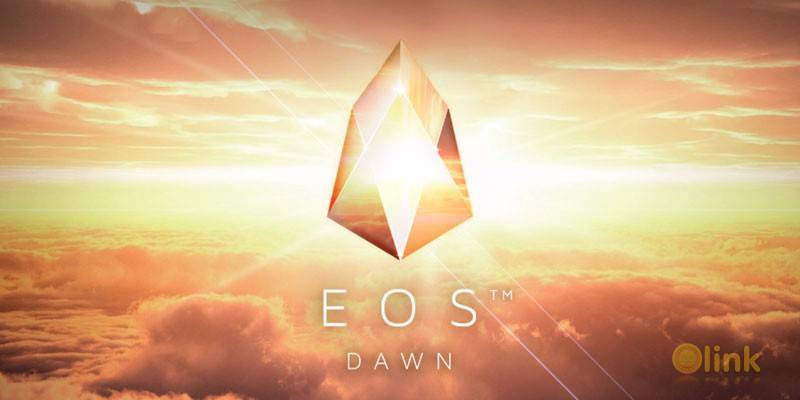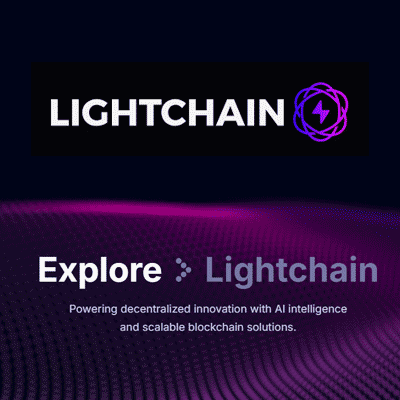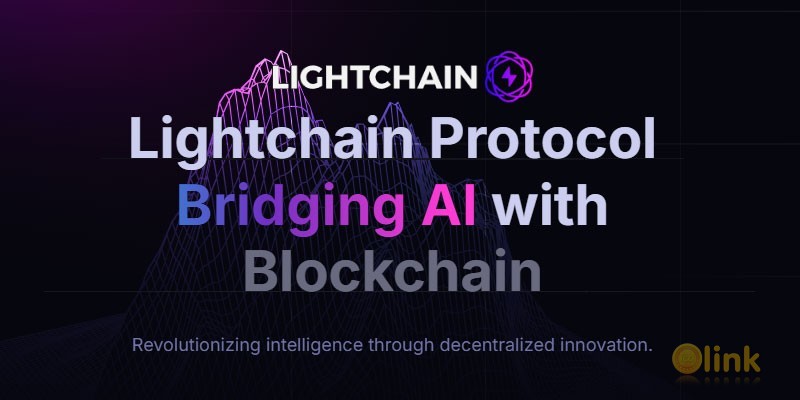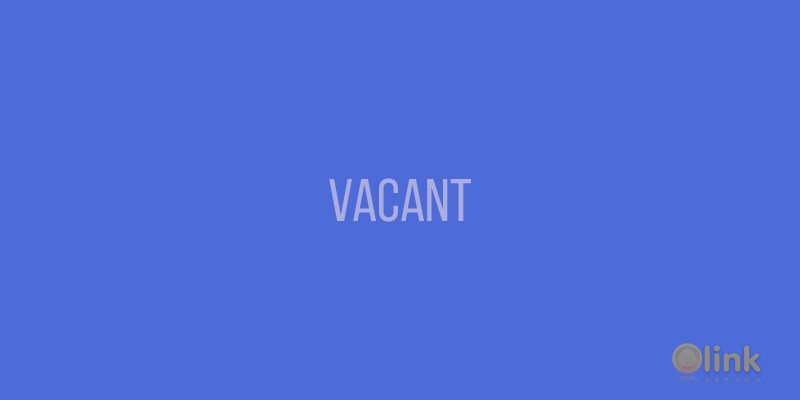ICO EOS
EOS ICO Links:
-
Start: 2017-Jul-26
-
Finish: 2018-Jul-16
-
Ticker: EOS
-
Platform: Ethereum
ICO EOS Description:
The EOS.IO software introduces a new blockchain architecture designed to enable vertical and horizontal scaling of decentralized applications. This is achieved by creating an operating system-like construct upon which applications can be built. The software provides accounts, authentication, databases, asynchronous communication and the scheduling of applications across hundreds of CPU cores or clusters.
The resulting technology is a blockchain architecture that scales to millions of transactions per second, eliminates user fees, and allows for quick and easy deployment of decentralized applications.
EOS.IO software utilizes the only decentralized consensus algorithm capable of meeting the performance requirements of applications on the blockchain, Delegated Proof of Stake (DPOS). Under this algorithm, those who hold tokens on a blockchain adopting the EOS.IO software may select block producers through a continuous approval voting system and anyone may choose to participate in block production and will be given an opportunity to produce blocks proportional to the total votes they have received relative to all other producers. For private blockchains the management could use the tokens to add and remove IT staff.
The EOS.IO software enables blocks to be produced exactly every 3 seconds and exactly one producer is authorized to produce a block at any given point in time. If the block is not produced at the scheduled time then the block for that time slot is skipped. When one or more blocks are skipped, there is a 6 or more second gap in the blockchain.
Using the EOS.IO software blocks are produced in rounds of 21. At the start of each round 21 unique block producers are chosen. The top 20 by total approval are automatically chosen every round and the last producer is chosen proportional to their number of votes relative to other producers. The selected producers are shuffled using a pseudorandom number derived from the block time. This shuffling is done to ensure that all producers maintain balanced connectivity to all other producers.
If a producer misses a block and has not produced any block within the last 24 hours they are removed from consideration until they notify the blockchain of their intention to start producing blocks again. This ensures the network operates smoothly by minimizing the number of blocks missed by not scheduling those who are proven to be unreliable.
Under normal conditions a DPOS blockchain does not experience any forks because the block producers cooperate to produce blocks rather than compete. In the event there is a fork, consensus will automatically switch to the longest chain. This metric works because the rate at which blocks are added to a blockchain chain fork is directly correlated to the percentage of block producers that share the same consensus. In other words, a blockchain fork with more producers on it will grow in length faster than one with fewer producers. Furthermore, no block producer should be producing blocks on two forks at the same time. If a block producer is caught doing this then such block producer will likely be voted out. Cryptographic evidence of such double-production may also be used to automatically remove abusers.









